by @ AnnieDaylon

I love to enter short story contests (see previous post: Why Enter Story Contests?) In my 2014 goals, I listed that I would enter a few. (One done in January… Yay!)
I enter to learn, not to win. I enter for the fun and for the feeling of accomplishment that the marathon of the novel does not provide.
Here is an example of a non-winning entry (See below for learning experience):
A Canadian Man’s Heart
©AnnieDaylon
According to my boss, Zeta Thompson, there is only one sure-fire way to a Canadian man’s heart, and it has nothing to do with his stomach.
“Believe it or not, Betty,” Zeta announced one morning after she had tolerated my litany of loneliness one too many times, “the main flaw in your dating strategy lies in your complete dismissal of this country’s national pastime. Canadian men live and die for hockey! Don’t you get that? Ever consider just buying a big-screen TV and asking a guy over to watch a game on a Saturday night?
“Forget it,” I huffed. “Gawking at a TV set and trying to keep track of a flying rubber disk is not my idea of entertainment. Hockey! It’s loud, obnoxious and violent, and I absolutely refuse to take part in anything that celebrates the idea of grown men clobbering each other with long sticks.”
Judiciously, Zeta threw her hands up in defeat, but the fates were not so easily dissuaded; they countered immediately with a loud knock at the office door. Kevin Mason, the new architect we had been expecting, flung the door wide and hovered there, filling the frame with his six-foot splendor.
Lust at first sight!
Many scenarios flitted through my mind, all of them reminiscent of the fiery pictures that grace the covers of my Harlequin romance collection. Never in my life have I been one to ignore a golden-haired, blue-eyed opportunity such as this one and I sure wasn’t going to start now.
Out of the corner of my eye, I could see that Zeta was grinning like an idiot, but she was also staying in the background, generously giving me carte blanche. Possibilities abounded as I stepped forward and extended my hand to greet the newcomer. Quick to respond, Kevin strode across the room. Relationship redemption which, just seconds ago, had seemed light years away, was now viable and I felt hope soar.
Suddenly, time slowed down, becoming a teasing tyrant, extending milliseconds into eons. The only thing I could do was try to maintain my composure as I watched our hands inch toward each other.
Ultimately, time relented and allowed our hands to meet, but then it stood back and laughed as a huge ring jabbed my palm and punctured my dreams. Visions of victory oozed away the instant I glanced at the ring’s proven symbol of relationship demise—the blue-and-white insignia of the Toronto Maple Leafs.
What the heck was I to do now?
X-rated images—all golden-haired and blue-eyed—pummeled my brain, urging me onward.
“You want to come by my place on Saturday, Kevin?” I blurted before I could stop myself. “Zeta and I were just talking about watching the Leafs game on my brand new fifty-inch, high-definition, plasma TV.”
*****
The above story was written a few years ago for an Alphabet Acrostic contest. The opening, “According to my boss,” was given. The criteria? “Complete your story in 26 sentences, each beginning with words in the sequence of the English alphabet.”
The learning? I expanded my vocabulary by reading the dictionary. (Yes, X is limiting, but there are ways around it.) The fun? Enjoyed it so much that I entered again this year! (This particular contest is available annually through The Brucedale Press. It’s a long wait until the next one but the fee is only $5/entry!)
My questions for you: Did you notice as you read the story that I was progressing through the alphabet? If not, did you go back to check? 🙂
(Please subscribe to my blog by including your email in the space provided on the upper right.)
My best to you,

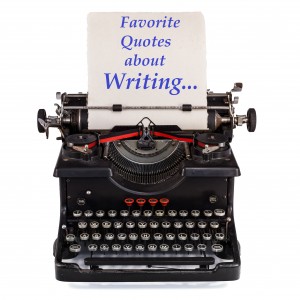 1. “There are three rules for writing the novel. Unfortunately, no one knows what they are.” ~ W. Somerset Maugham
1. “There are three rules for writing the novel. Unfortunately, no one knows what they are.” ~ W. Somerset Maugham

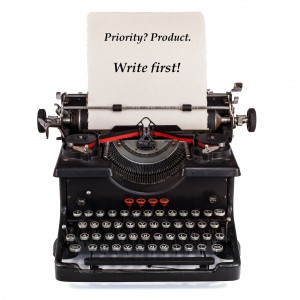

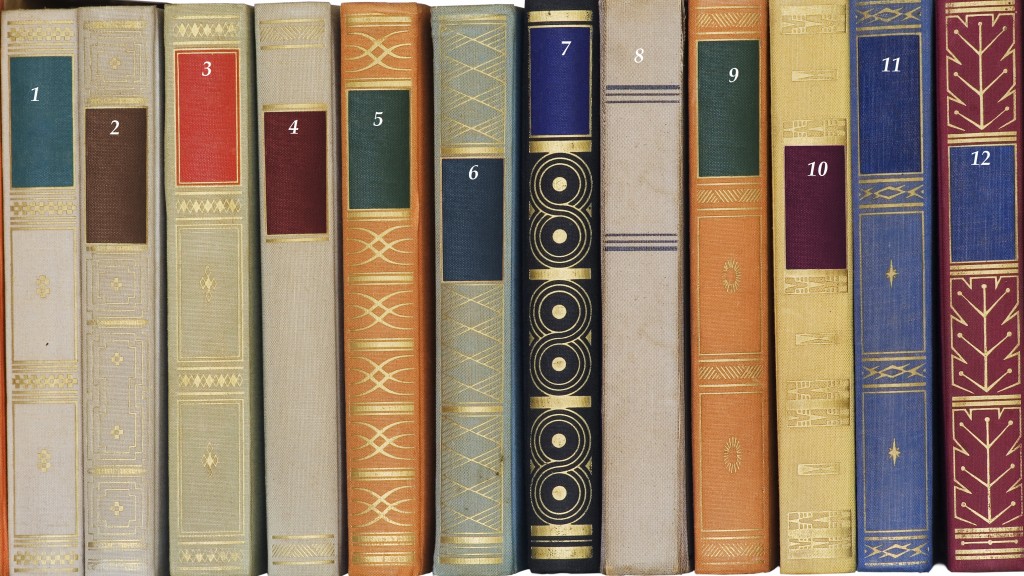
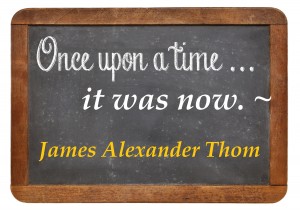
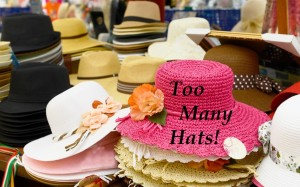 Ever struggle with wondering if you are doing enough, or if you are doing the right thing as an author? I certainly do.
Ever struggle with wondering if you are doing enough, or if you are doing the right thing as an author? I certainly do.


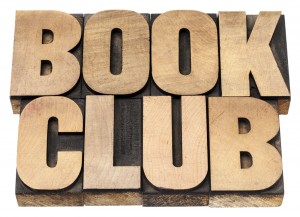



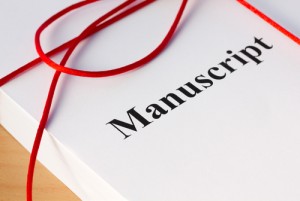 Stor
Stor